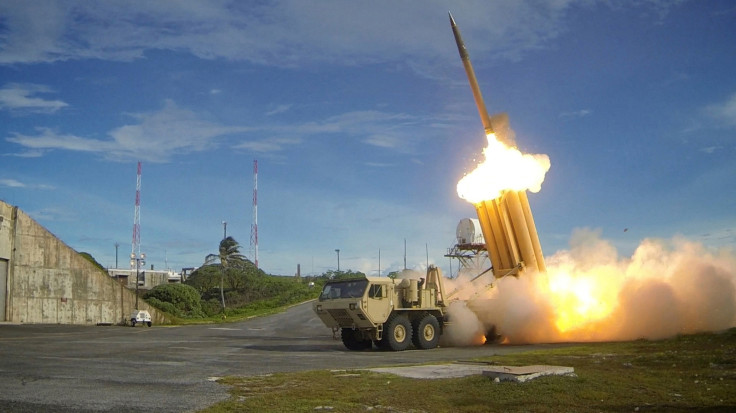Thaad deployment in South Korea to happen in the next 8 to 10 months, US commander says
The US and South Korea decided to deploy the anti-missile system in July to counter growing North Korean threats.
The planned deployment of a US missile defence system in South Korea to counter growing threats from rival North Korea will take place in the next eight to 10 months, the commander of US forces in South Korea said on Friday, 4 November.
Washington and Seoul decided to deploy the Terminal High Altitude Area Defense (Thaad) system in response to frequent missile tests by the Kim Jong-un regime in Pyongyang. Following the North's recent nuclear test in September, it was speculated that the US would expedite the deployment of Thaad.
Addressing a seminar hosted by the Association of the Republic of Korea Army in Seoul, General Vincent Brooks shared the plans for the deployment of the anti-missile system. He also told the gathering that the issue of rotational deployment of US's strategic assets (or nuclear weapons) to the Korean Peninsula "is under review".
Cautioning that such a move could further "complicate" the situation in the Asia-Pacific region, he said that the decision will be made by high-ranking policymakers, Yonhap news agency reported.
Despite ban, North Korea, under its supreme leader, has already conducted two nuclear tests — in January and September — this year, in addition to many ballistic missile tests, some of which failed while many others were declared successful. The US and South Korea see these nuclear and missile tests as military provocation and has warned the North that any attack would be dealt with strongly.
But the Pyongyang regime is undeterred and continues to pursue its nuclear programme to be recognised as a nuclear state. However, the US and other western nations opposed to nuclear armament have imposed sanctions on the reclusive state and following its recent nuclear test, are considering tighter sanctions.

© Copyright IBTimes 2025. All rights reserved.





















